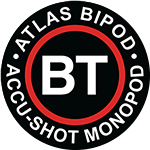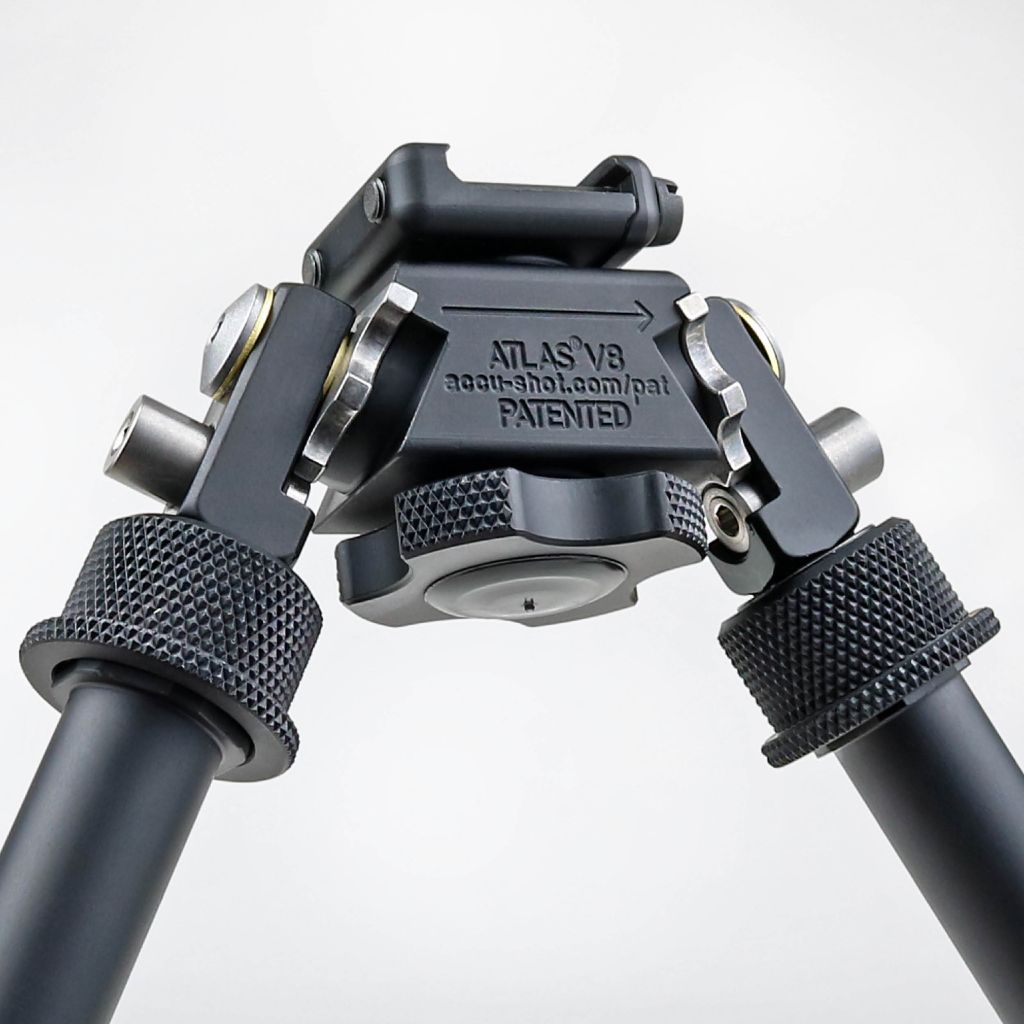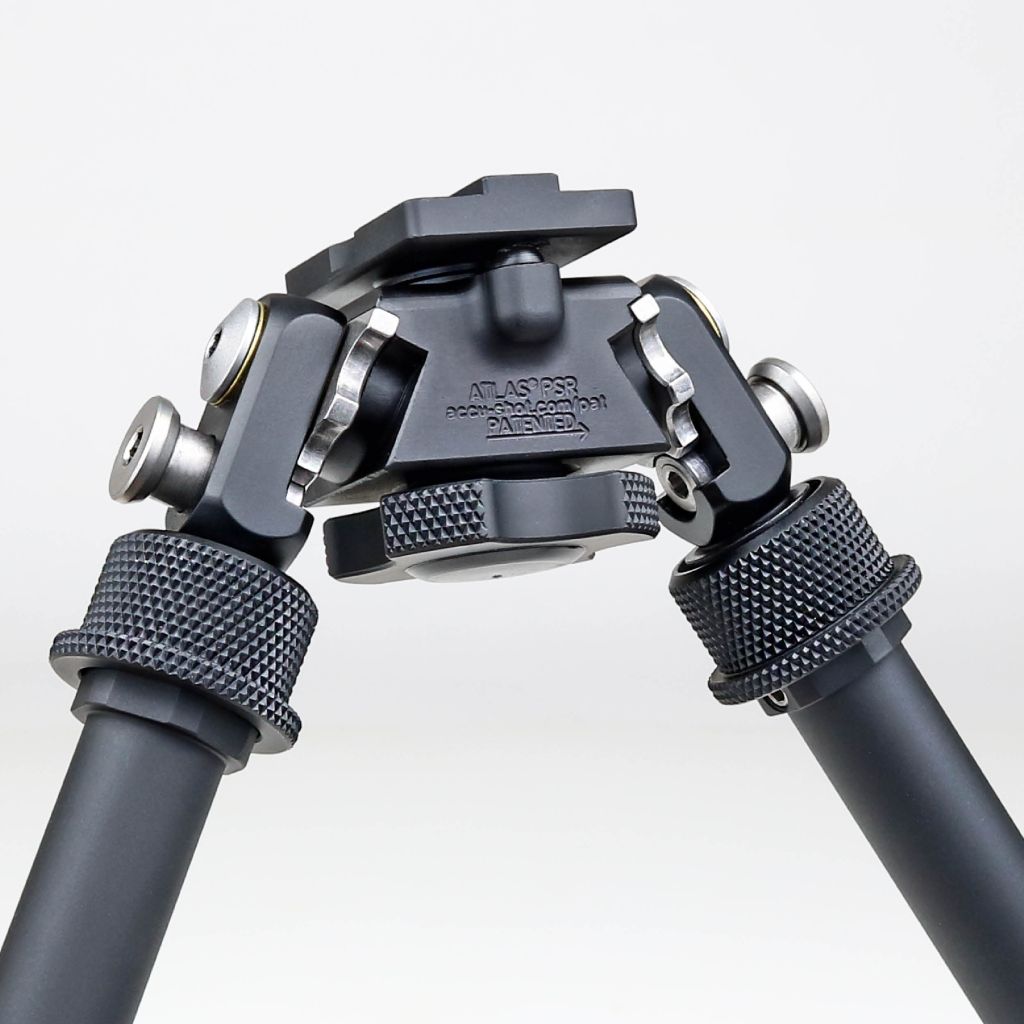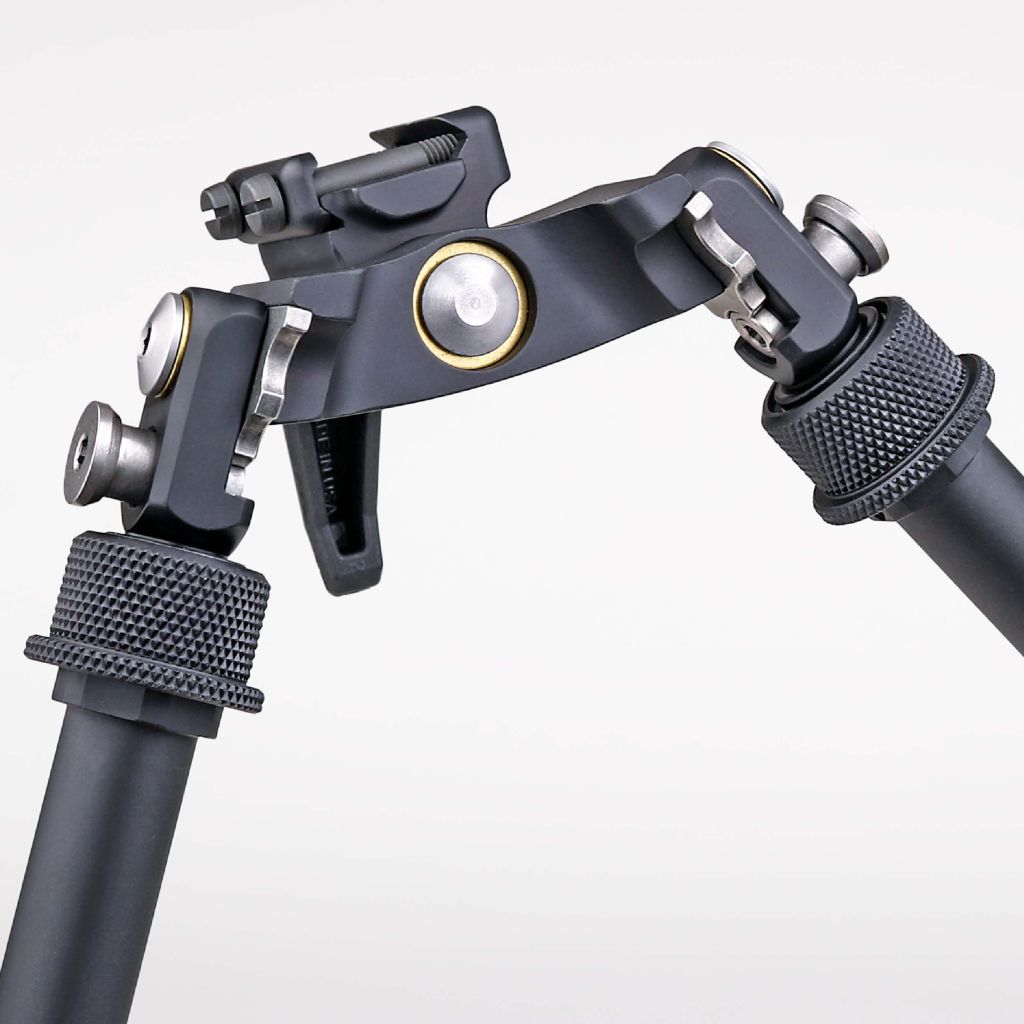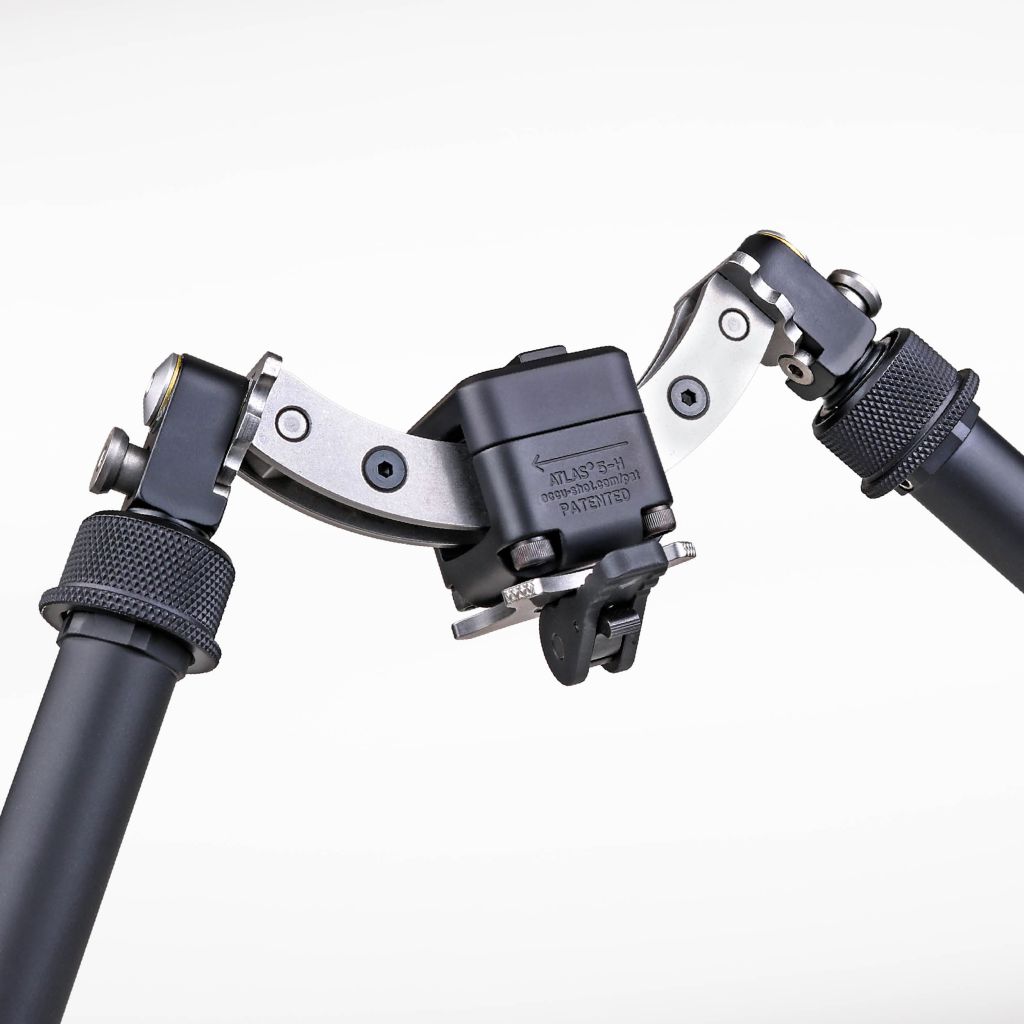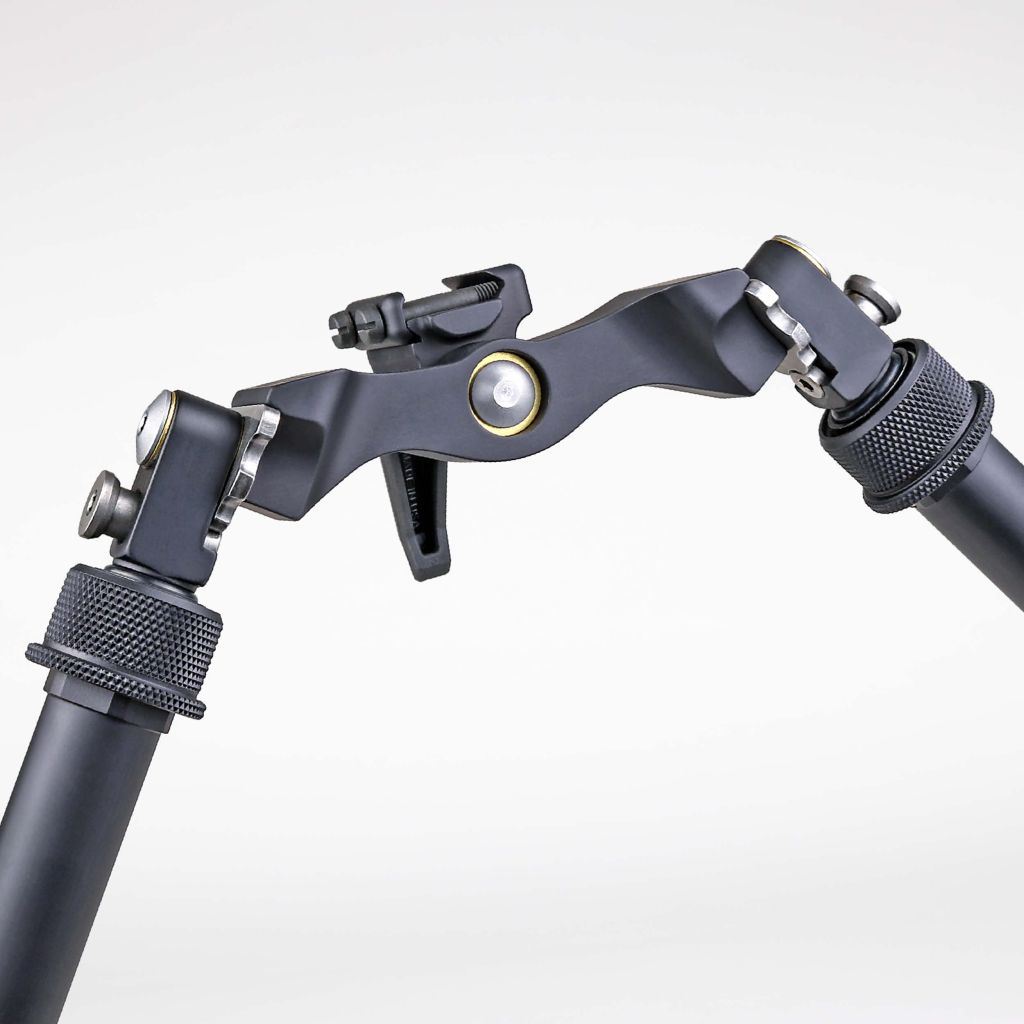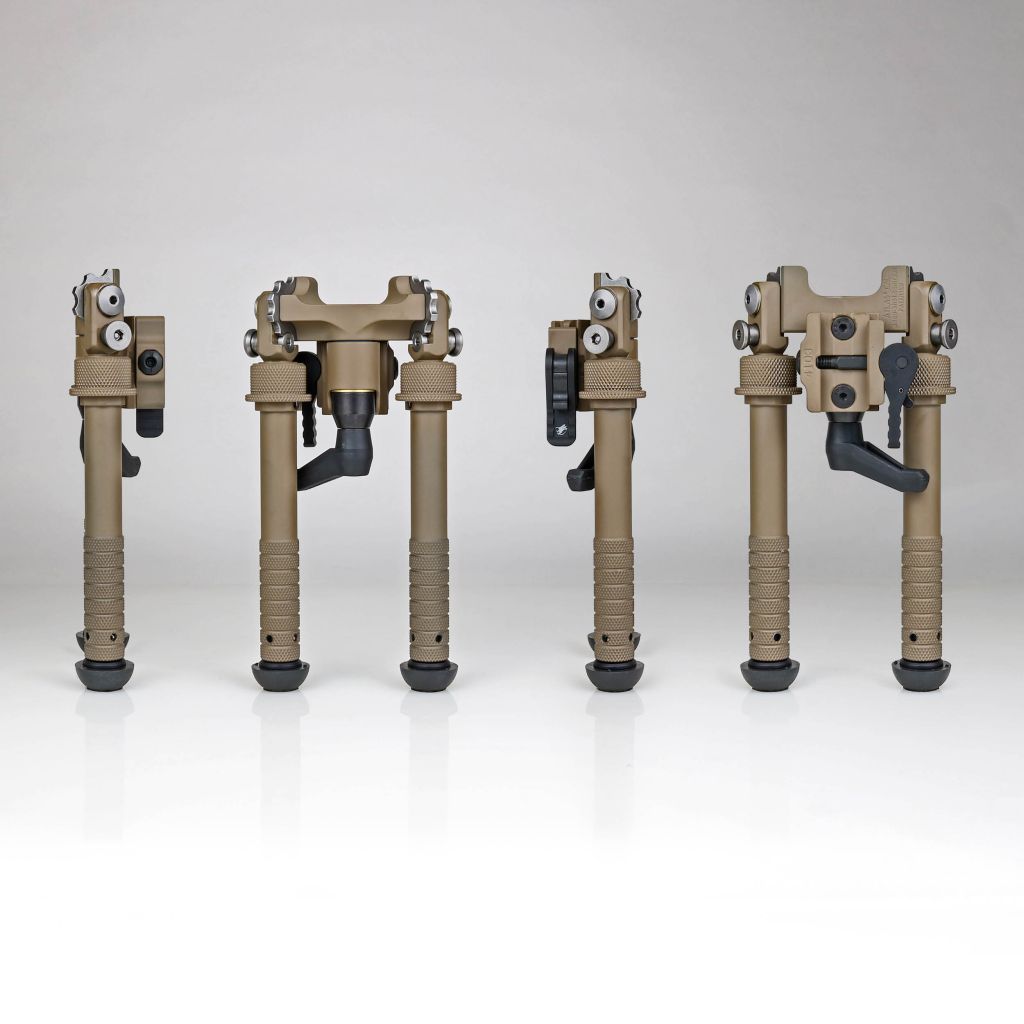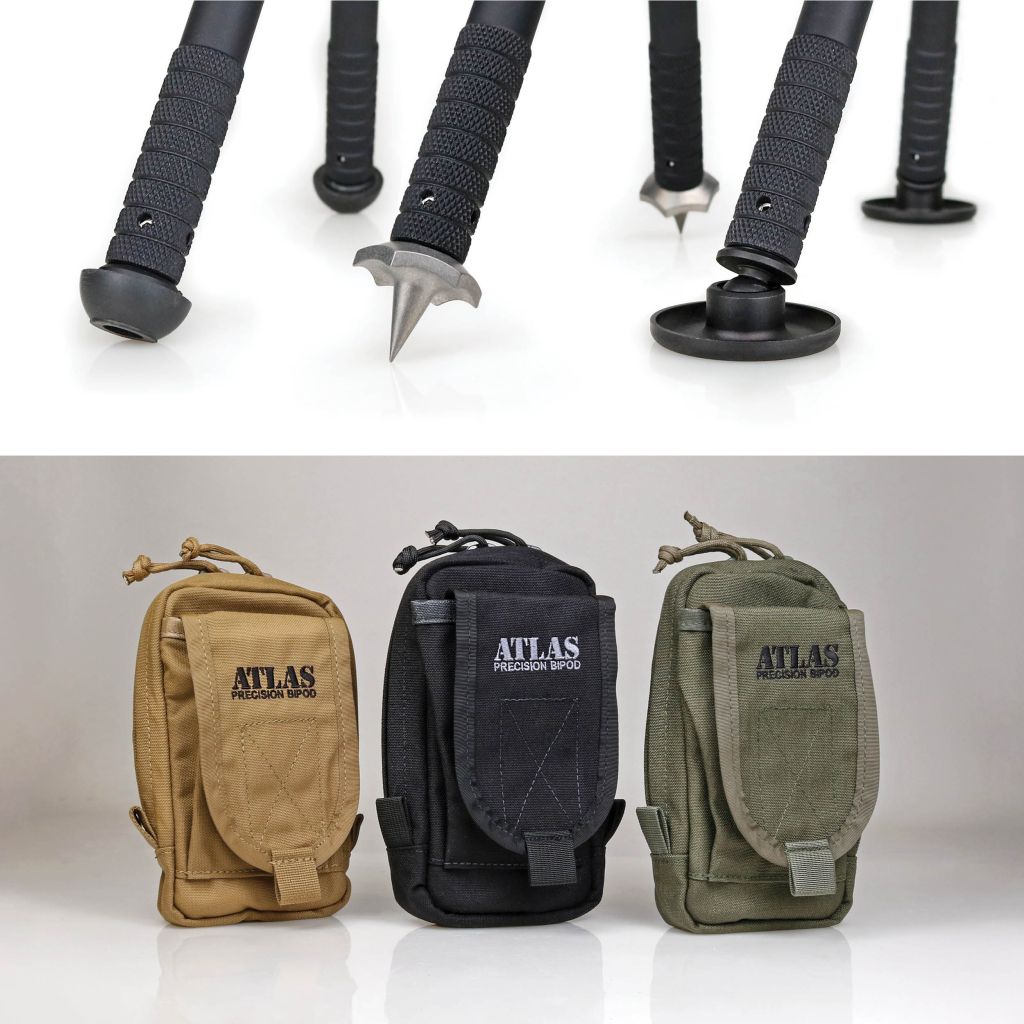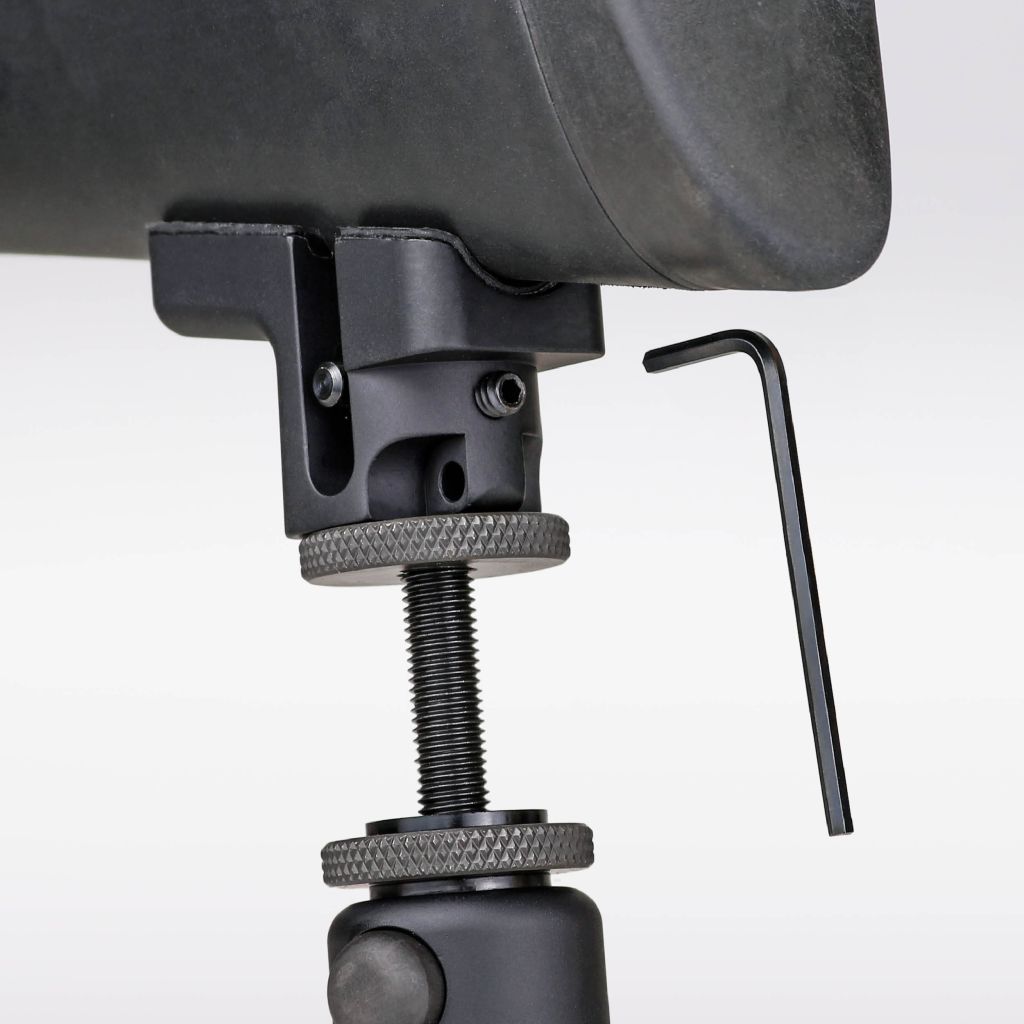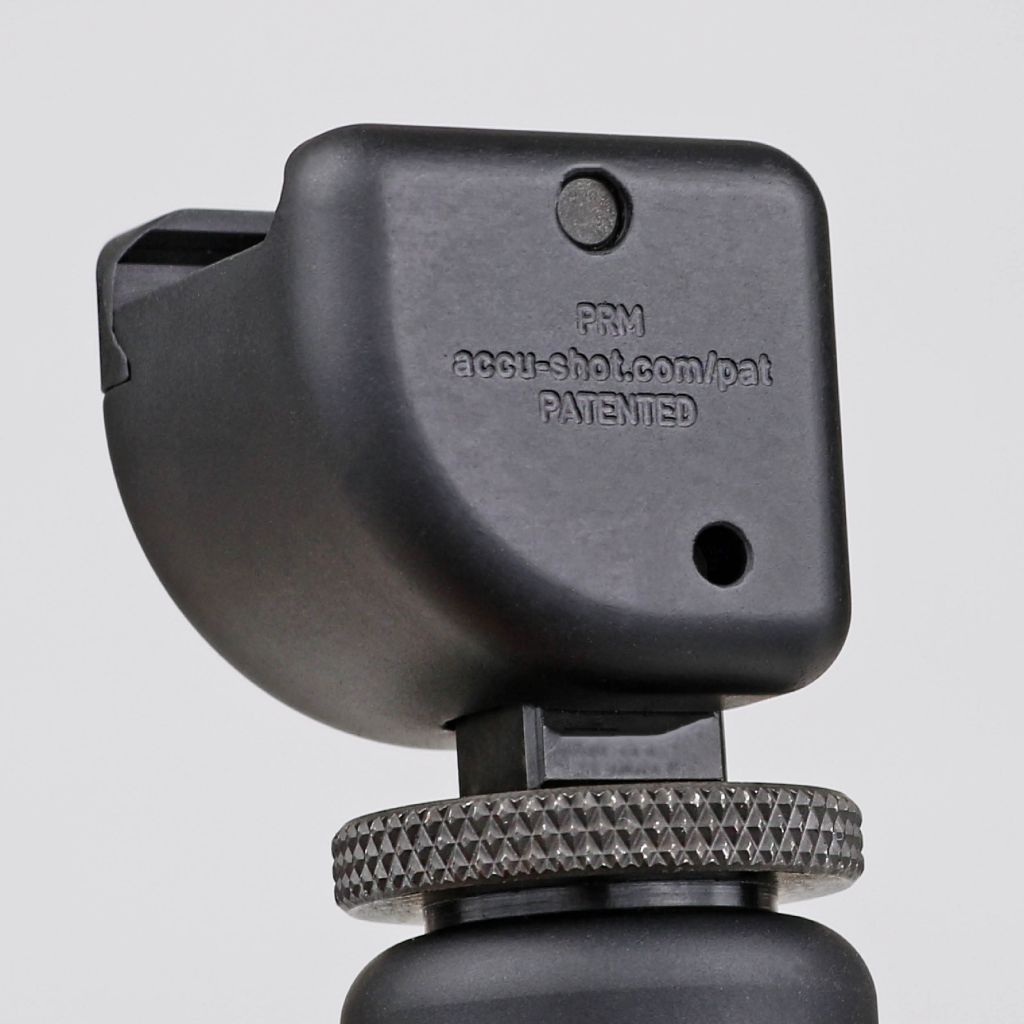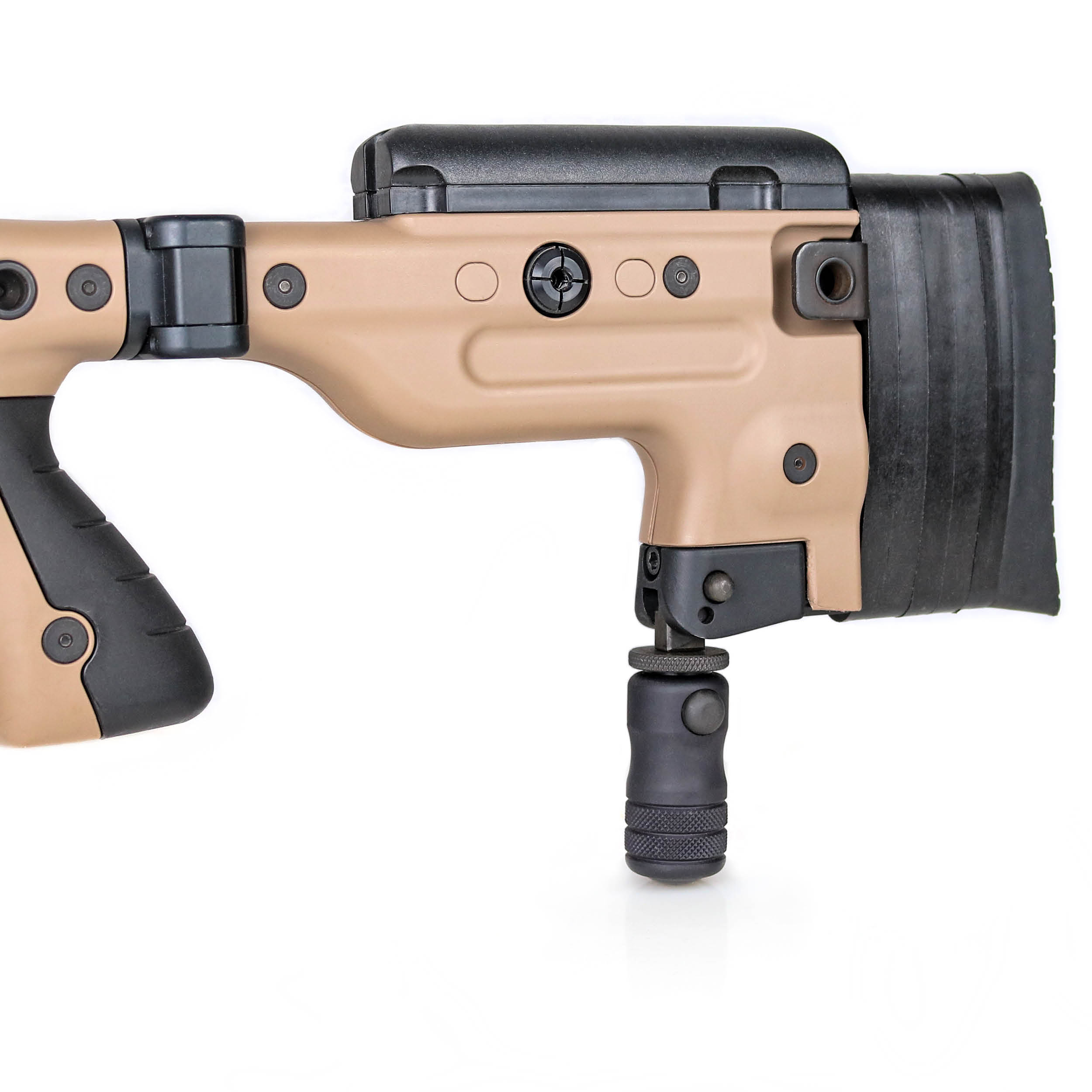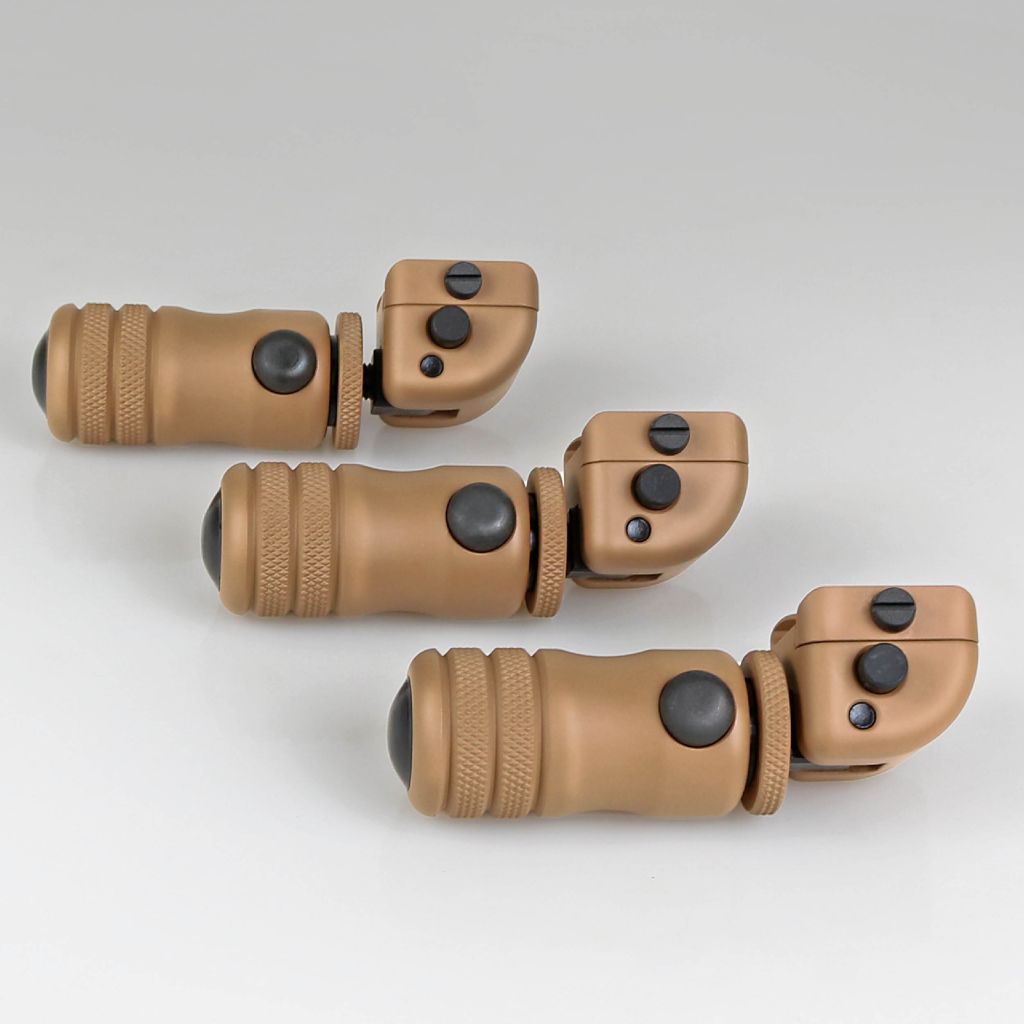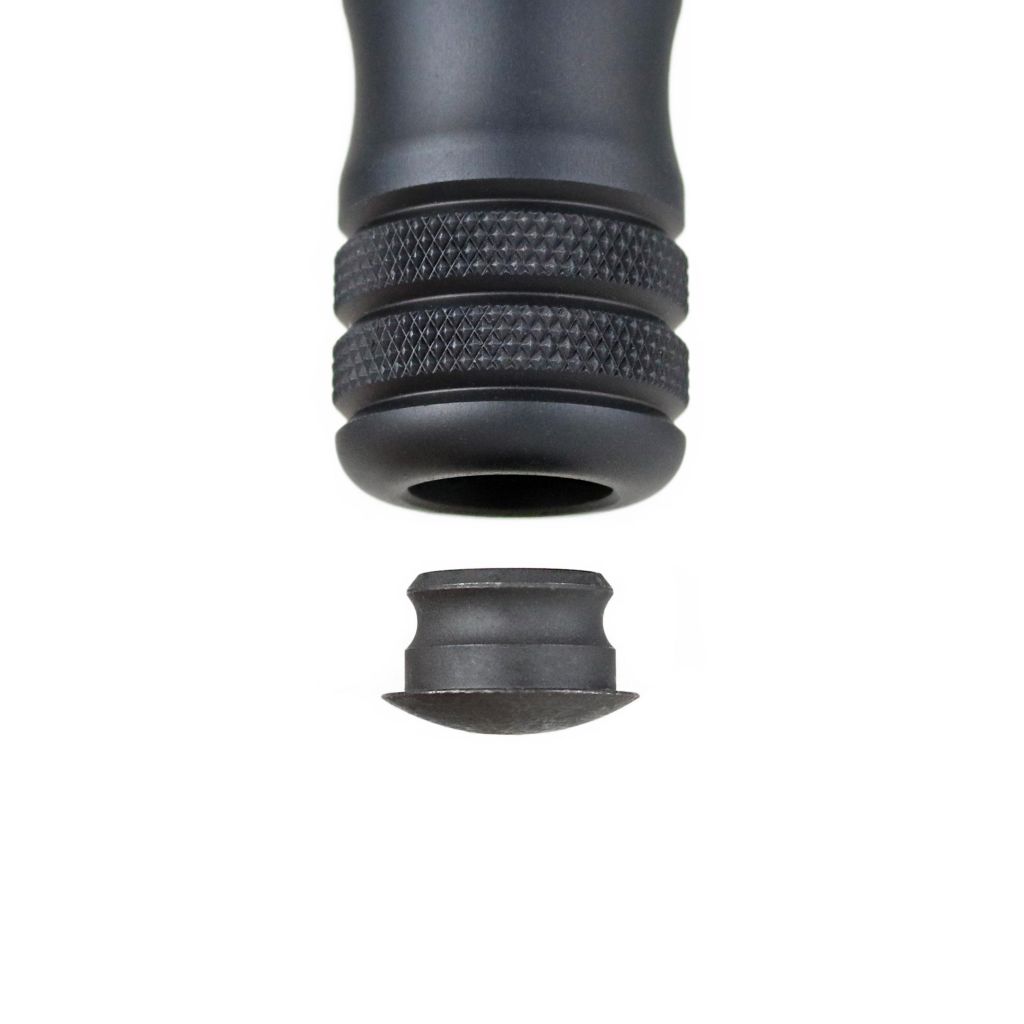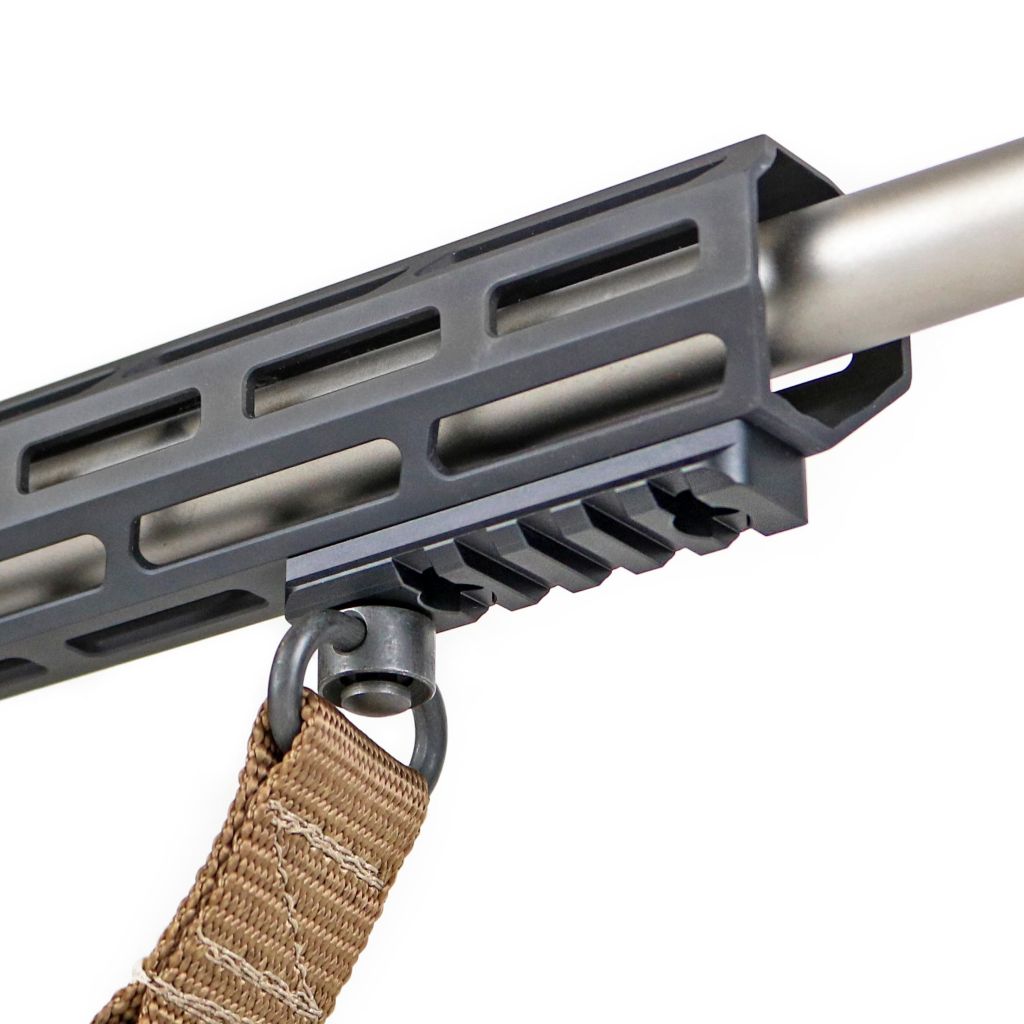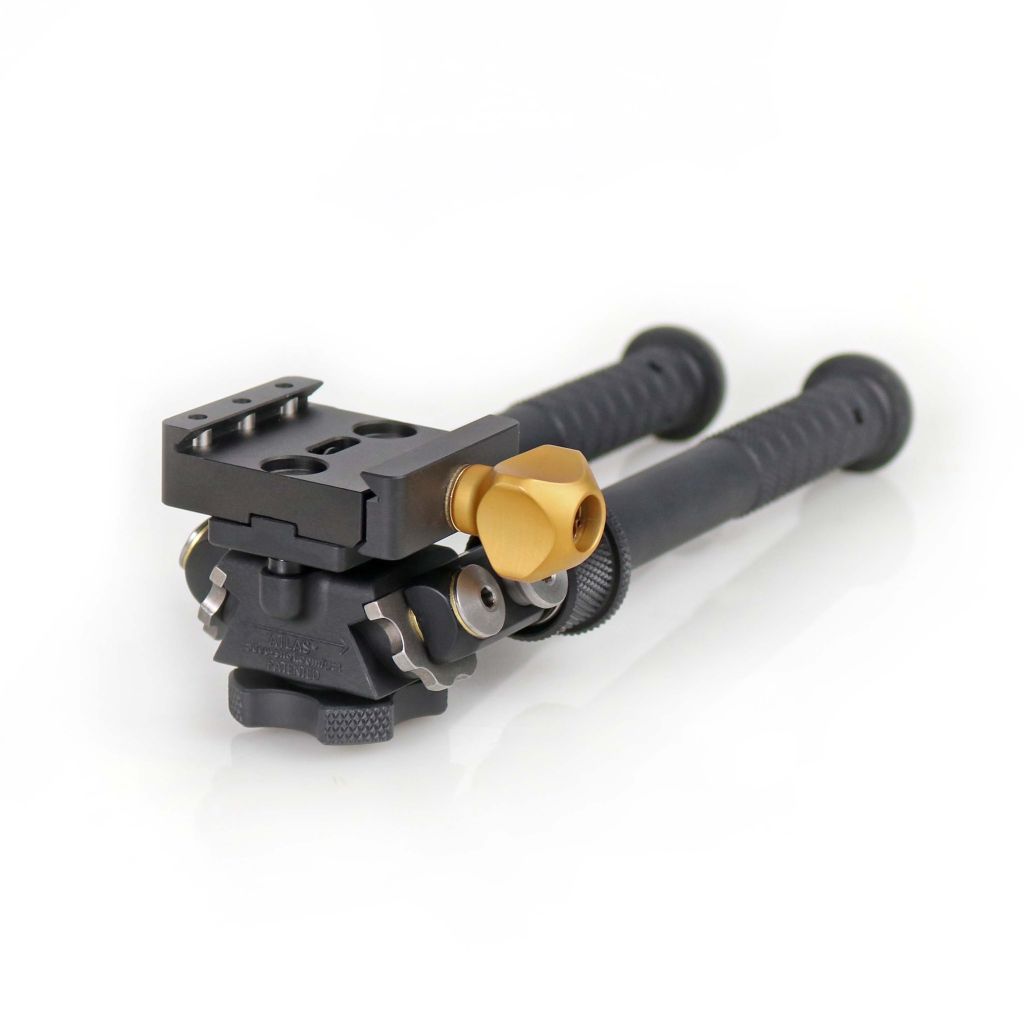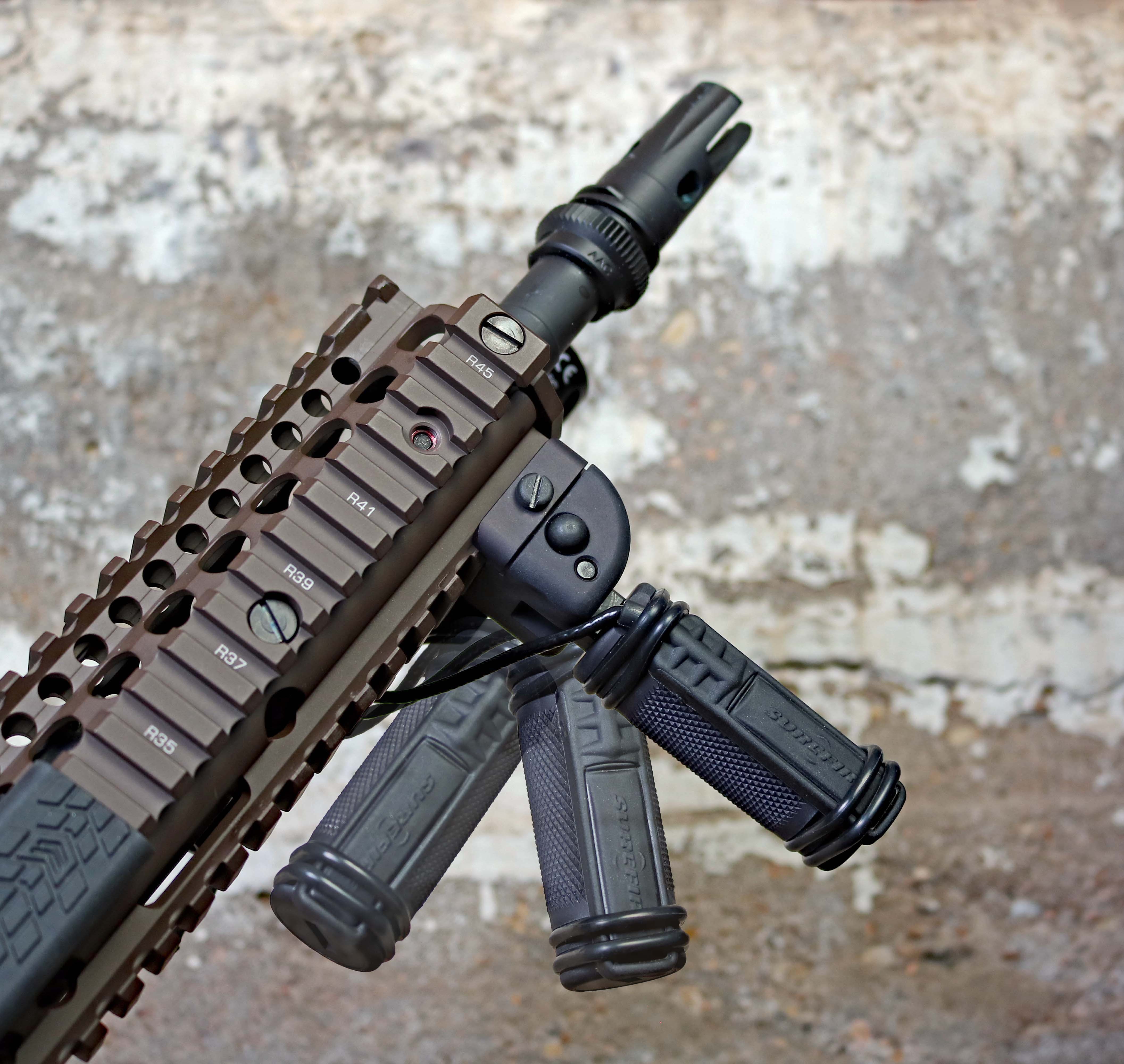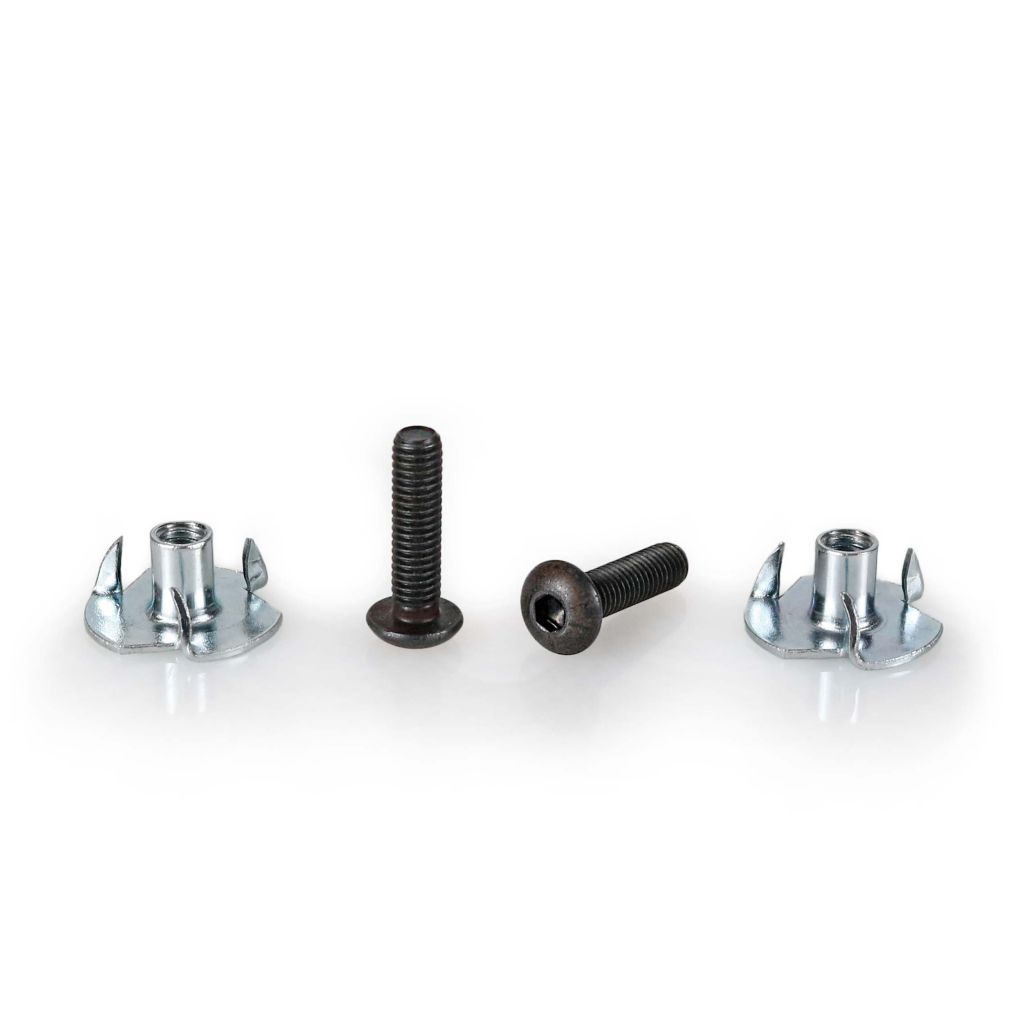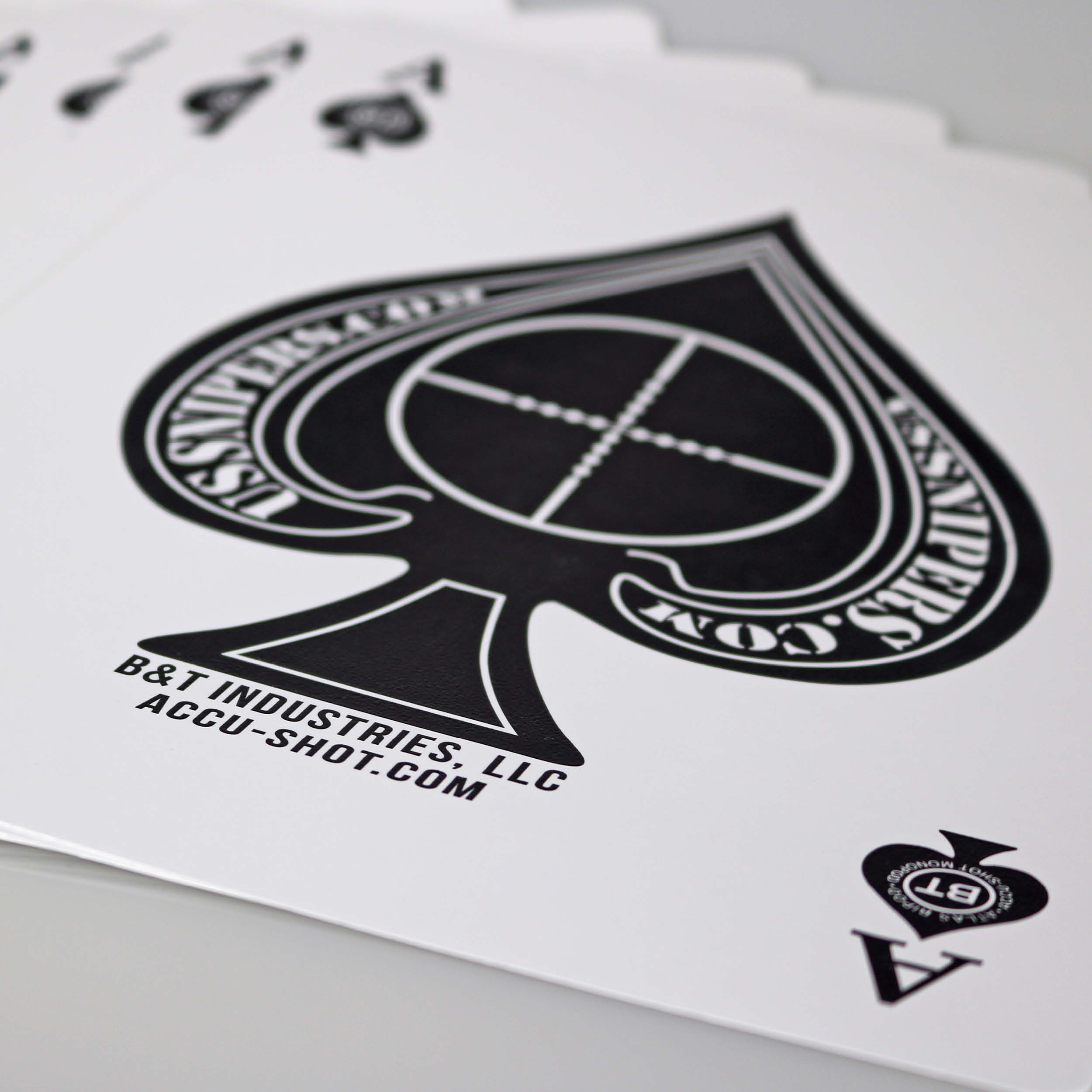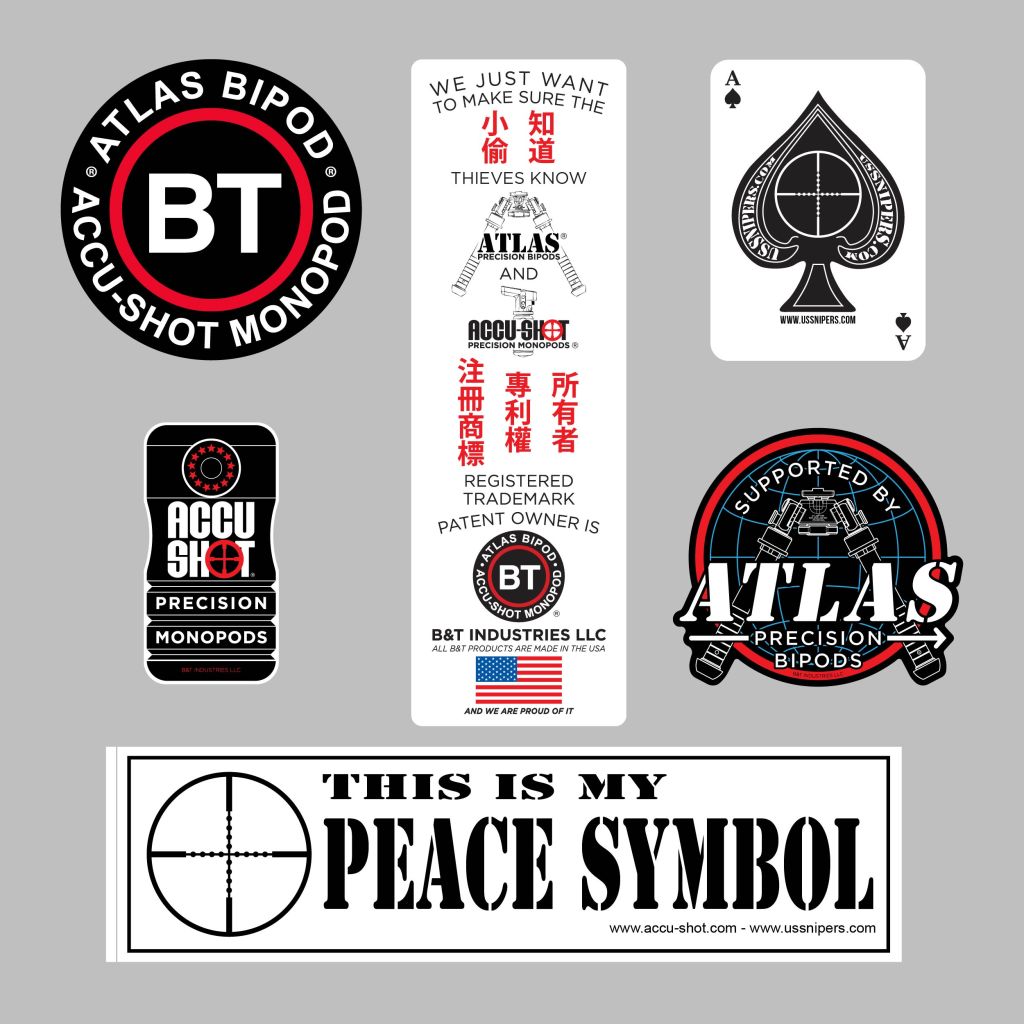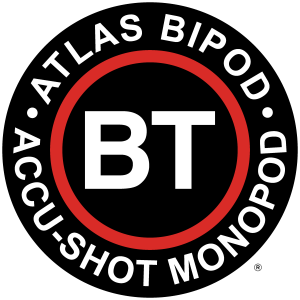Deciding which bipod you need ultimately depends on your use, application and preference. With those parameters in mind, you need to first decide on the series, and second on the method to which the bipod attaches to the rifle.
1. To determine the model you want, consider whether you want a bipod that will both Pan and Cant, or if you want a bipod that will Cant only with no Pan feature.
Atlas Bipods that will both Pan and Cant: V8, PSR, 5-H
• The V8 series is our original and standard Atlas Bipod that initially brought the patented Atlas features of preloaded Pan and Cant with the five, independent leg positions — including the the novel, independent 45º leg positions — to the market.
• The PSR series is our upgraded, contract awarded Atlas Bipod that met and exceeded the USSOCOM Precision Sniper Rifle (PSR) requirement. It is the hard use bipod of choice for professionals globally that need reliable support in a dynamic world.
• The 5-H series is our answer to requests for a “bigger and heavier” Atlas Bipod. While designed to withstand weight and recoil of larger calibers and big bore rifles, it has found favor with precision air rifles where size and weight is not an issue.
Atlas Bipods that will Cant only: CAL, Super CAL
• The CAL series is our answer to requests from the competitive shooting community that wanted the patented Atlas Bipod features without the Pan function. It still has our same patented leg positions and adjustment in conjunction with the original Pod-Loc™ that regulates the pre-tensioned Cant.
• The SUPER CAL series is our version of a super sized CAL Atlas Bipod developed for larger calibers and heavy guns used in shooting extreme distances. It is an estimated 50% larger than the CAL series with the same benefits. Like the 5-H, it has been used successfully with precision air rifles due to its highly stable base.
What are the pros and cons of having or not having these features?
The ability to both Pan and Cant is typically our first recommendation to military, law enforcement or hunters who are more often than not in a dynamic environment where the Pan is useful, such as an urban setting or uneven terrain. While the Pan can be used to track a moving target, it can also be used to load into an optimal position and then Pan over to a static target.
The ability to Cant only was a request from competitive shooters. The lack of Pan ensures the bore stays perpendicular to the bipod legs and in theory is more accurate, especially when engaging targets beyond 600 yards. Their overall design aids in increased stability and rigidity in three ways. First, by raising the apex, which lowers the bore. Second, it allows for a wider footprint. Third, the legs are placed in front of where the bipod attaches to the rifle.
This being said, everyone shoots differently. There are competitive shooters who like the Pan and others serving in the field who like the rigidity of the Cant only. Again, consider your use, application and preference.
Check out our Atlas Bipod Comparison Chart for each of our models and their specifications.
2. Now that you have decided on the series of Atlas Bipod, you need to figure the method to which the bipod attaches to the rifle.
• Two-Screw Clamp: For 1913 style Picatinny rails only. It requires a flathead (or anything that will fit into the slots of a flathead) for installation and removal. Because installation and removal is not timely, the two-screw clamp is suggested to be more of a permanent mounting solution to a rifle you know you want to dedicate that bipod to (ie: a hunting rifle). The strength of this option is a decrease in weight, bulk and price otherwise associated with installation of a quick detach lever.
• No Clamp (NC): Sent without a clamp or means to readily attach to any rail system. It has a two hole pattern of 1.100” with 10/32 threads. Requires any 17S size lever style mount (ie: LT271 from LaRue Tactical, Picatinny Rail Slider from Arisaka or any ARCA mount with the same hole pattern). This is also for application specific solutions to mount directly to our BT19 AI Spigot and BT70 M-LOK® Adapter. This is a great option if you already have your own 17S size lever. Two 10-32 x 3/8” flathead socket screws are included. Designated in model number by “NC”
• Quick Detach Lever (LW17): For 1913 style Picatinny rails only. This provides a means to quickly attach and detach an Atlas Bipod by using the installed ADM-170-S, which is manufactured by American Defense Manufacturing. Adjustment to fit to the 1913 style Picatinny rail does not require tools and accommodates for both in spec and out of spec rail systems. This is a great option if you are planning to use one bipod on multiple firearms outfitted with a 1913 style Picatinny rail. Designated in model number by “LW17”
If none of these are a definitive solution, you may need to install a rail or adapter. Check out our Atlas Bipod Rail Comparison Chart for additional options and specifications including general purpose, Anshutz, Freeland, Free float tube, M-LOK®, etc.
